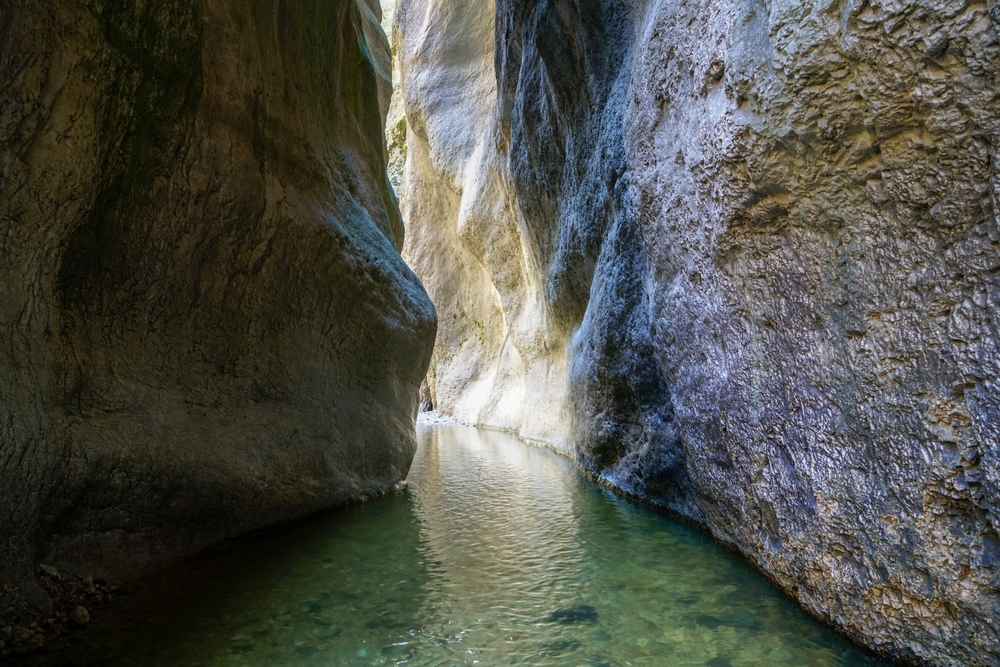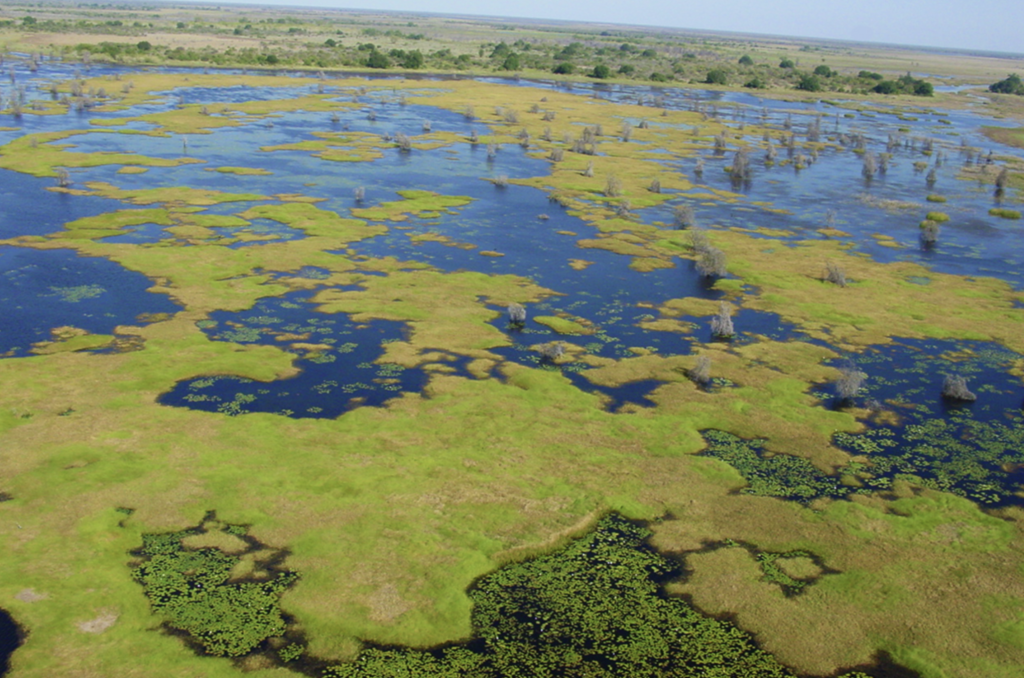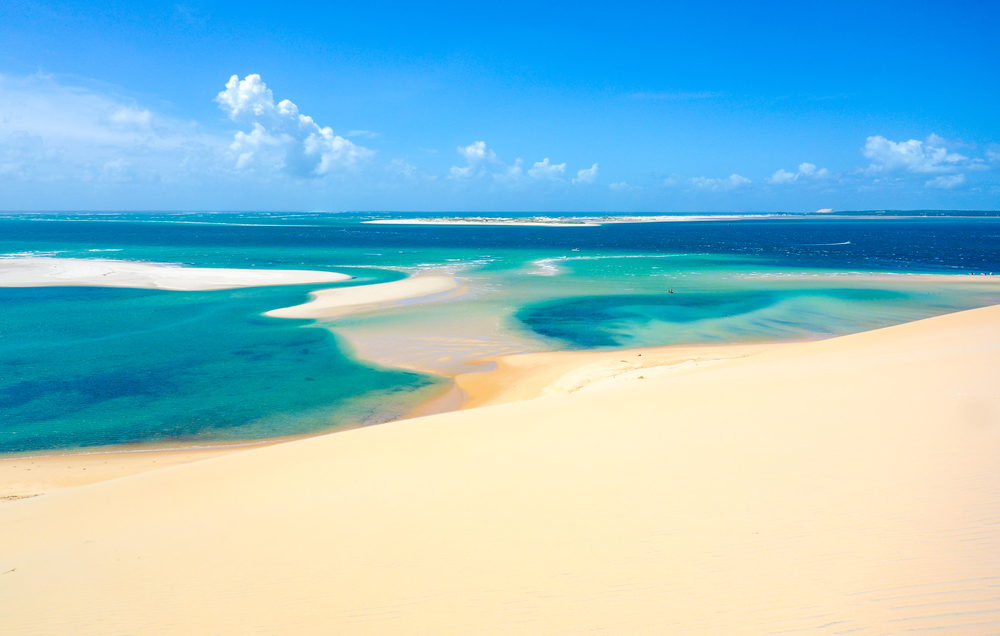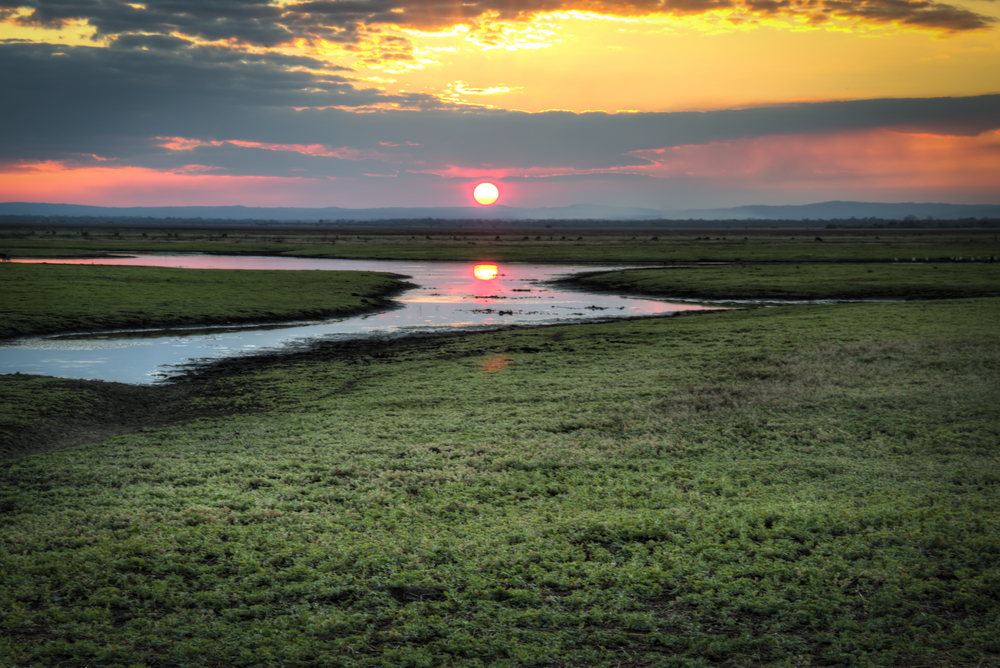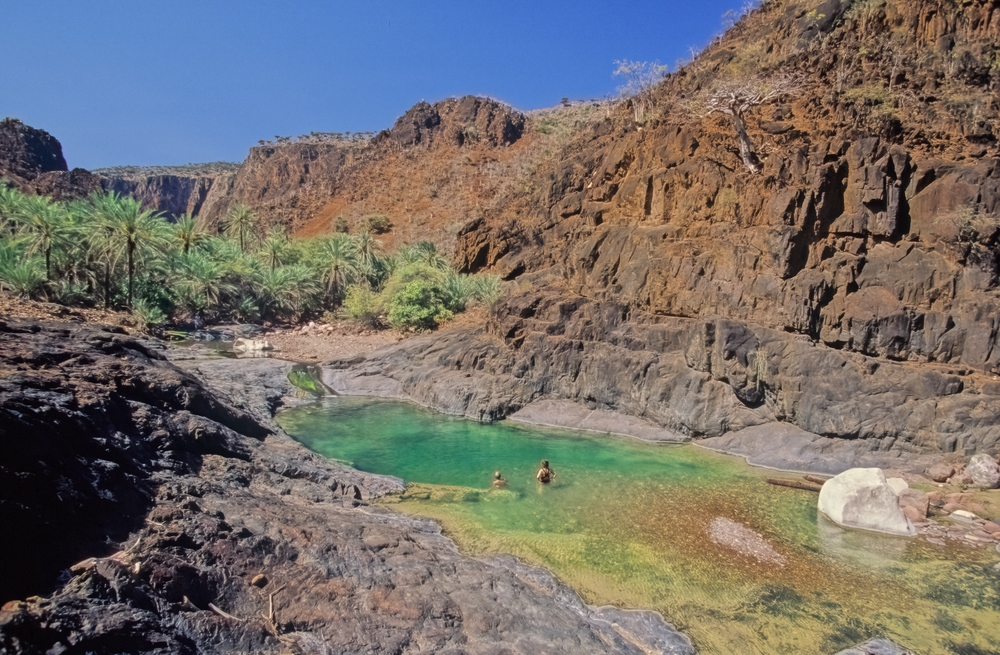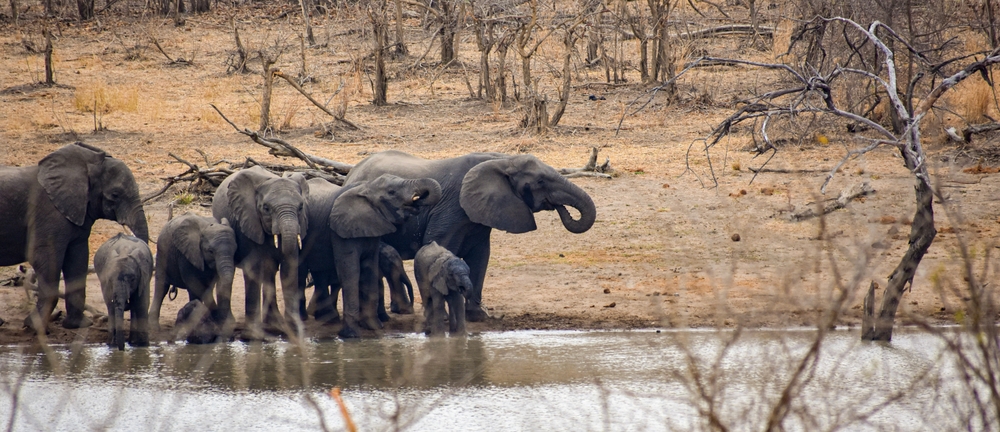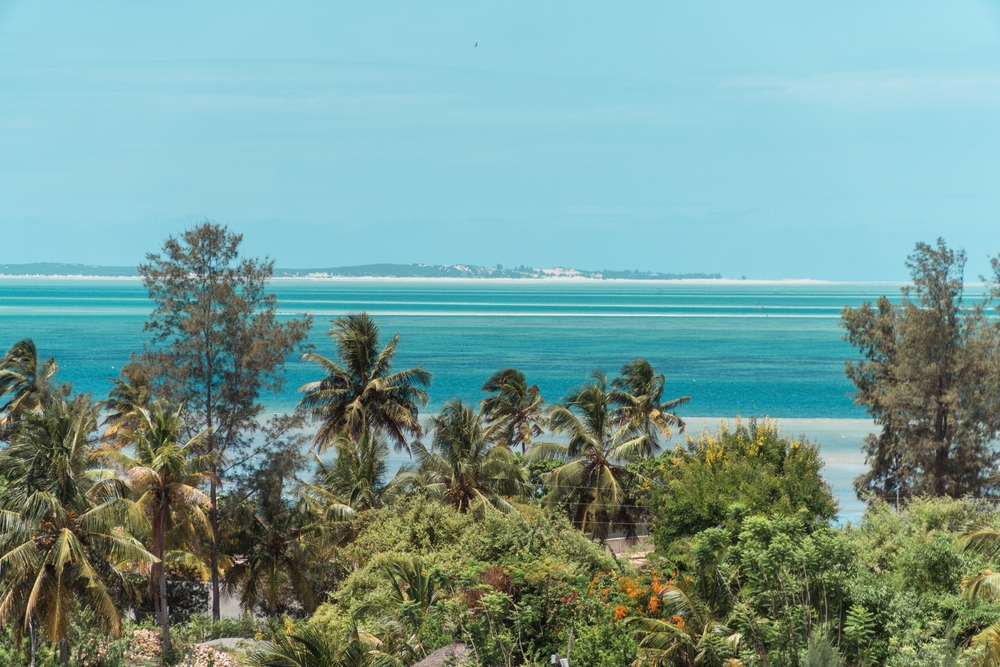Zinave Overview
Zinave National Park, locally known as “Parque Nacional do Zinave,” is a vital conservation area located in Mozambique’s Inhambane Province. Covering approximately 4,000 square kilometers (1,544 square miles), the park was established in 1972 and forms part of the Great Limpopo Transfrontier Conservation Area, connecting with other renowned parks in Mozambique, South Africa, and Zimbabwe. Zinave is a critical refuge for wildlife and a significant contributor to Mozambique’s biodiversity and conservation efforts.
The terrain of Zinave National Park is a mix of floodplains, savannas, and woodlands, interspersed with seasonal rivers and wetlands. The Save River, which flows along the park’s northern boundary, is a lifeline for its ecosystems. Mopane woodlands dominate much of the park, alongside acacia trees, riverine forests, and open grasslands. This diverse vegetation supports a variety of species and creates a dynamic environment that shifts with the seasons.
Zinave is home to an impressive array of wildlife, with populations steadily increasing thanks to ongoing rewilding initiatives. Large mammals such as elephants, giraffes, zebras, and buffalo have been reintroduced to the park, creating a more balanced ecosystem. Predators, including lions, leopards, and hyenas, have also returned, ensuring the natural regulation of prey populations. The park’s wetlands and rivers are teeming with hippos and crocodiles, while antelope species such as impala, kudu, and waterbuck are commonly seen. Bird enthusiasts can observe over 200 recorded species, including African fish eagles, herons, and kingfishers.
Visitors to Zinave National Park can explore its landscapes and wildlife through guided game drives, offering opportunities to see the reintroduced animals in their natural habitats. Walking safaris provide a closer look at the park’s ecosystems and allow for intimate encounters with its flora and fauna. River cruises along the Save River offer unique perspectives of aquatic wildlife and serene views of the park’s landscapes. For a cultural experience, visitors can engage with local communities and learn about their role in the park’s conservation efforts.
Zinave faces challenges such as habitat degradation, poaching, and human-wildlife conflict, particularly in areas close to settlements. However, significant strides have been made to address these issues. Conservation efforts led by Mozambique’s Administração Nacional das Áreas de Conservação (ANAC) and supported by international organizations focus on rewilding, anti-poaching measures, and community engagement. The reintroduction of species has been a notable success, helping to restore the park’s ecological balance and making it a thriving haven for biodiversity.
Zinave National Park is a testament to the power of conservation and collaboration. Its diverse landscapes, growing wildlife populations, and integration into the Great Limpopo Transfrontier Conservation Area make it a must-visit destination for eco-tourists and researchers. By protecting Zinave, Mozambique safeguards a vital link in its ecological network and reinforces its commitment to global biodiversity conservation.








































































